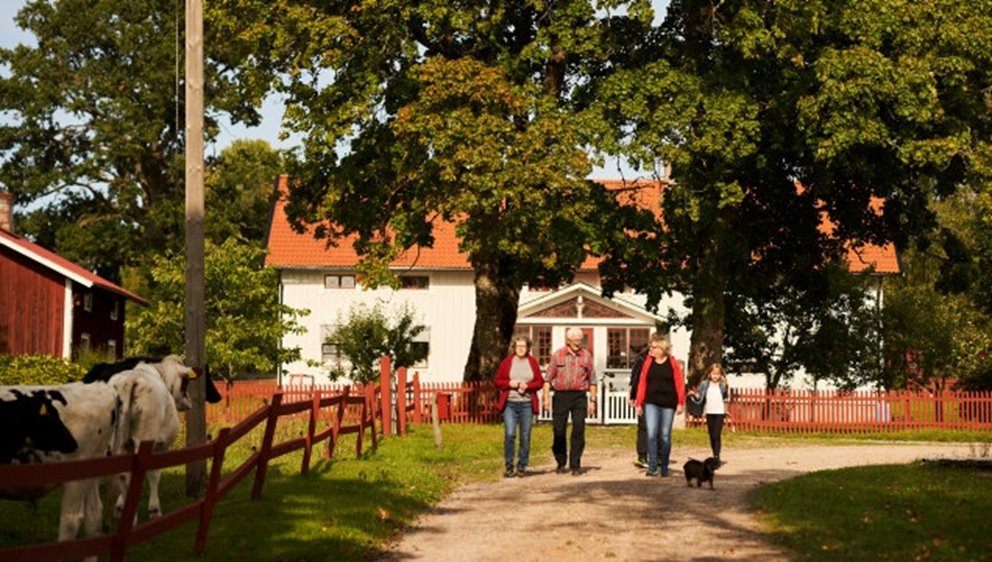
28 OCT 2025
Forests thrive when managed
Södra is a partner to its 52,000 members, offering advice based on extensive research and proven knowledge, but ultimately each forest owner makes their own decisions when managing their estates. No two are the same but all have the same goal – growing the forest for the future. Active forest management is good for the forest. It generates growth, strengthens climate resilience, improves yield and increases diversity. There is variation within each family forest estate but within the larger landscape too. Working in partnership with our members, this patchwork of individually managed estates gives us a natural biodversity and resilience to climate change. A few examples:
Peter Steen’s forest was hit hard after Storm Gudrun 20 years ago.
“In 2005, we lost entire areas of spruce to Gudrun and wanted to begin replanting and establishing new growth quickly. At the time there wasn’t much available except spruce so that was mainly what we planted, along with some larch, which grows faster than spruce. Two decades on and we’ve already conducted the first thinning of those new trees and are ready to start harvesting timber from the stand again.
“In the future we’ll plant more mixed stands. We’ve already started, by planting pine on high ground, for example, and retaining broadleaved species in wetter areas. We have different species and ages of tree in the forest now. Had we planted just spruce all at the same time two decades ago, we would be at risk of another major storm blowing everything down in one fell swoop.”
Cajsa Lindberg has learned lessons too.
“Insect damage has been truly terrible as the climate warms. It’s awful to see your forest being eaten and it’s forced us to rethink our plans quite considerably. We now clear and thin earlier than we used to and with great care, because it’s essential that we keep the forest healthy and green at all times. The trees also need space to thrive which is why thinning is important.
“As the effects of climate change accelerate and we become more prone to periods of drought, fire protection is also an important consideration, so we save all our broadleaved trees along the roads and let them become natural firebreaks.
“Spreading risk means varied planting. We don’t grow every type of tree everywhere because that wouldn’t work, but we do have groups of tree species to create a more varied landscape. Investing in active forestry to create variety in my forest and mitigate the risk of climate-related challenges costs a bit more time and money today, but it’s a worthwhile investment for tomorrow.”
